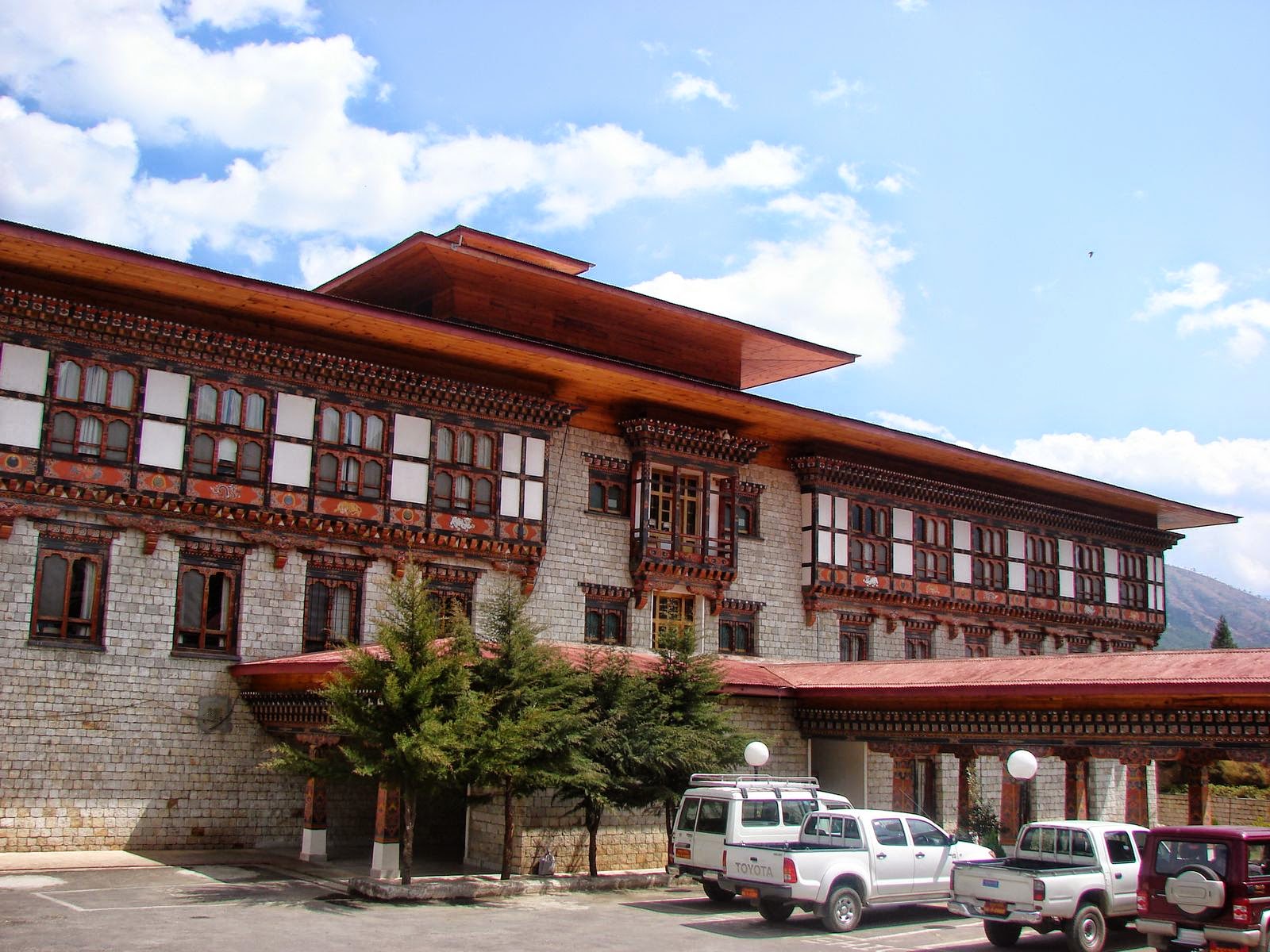This is Lungten Zampa (the Prophesied Bridge) where
Lam Phajo Drugom Zhipo and Khando Sonam Pelki met. Today this bridge is most
significant in the heart of capital city. Thousands of commuters use this
bridge every day to travel across the country as the “Bus Terminal” that plies
to every nook and corner of the country stands. The “Taxi Stand” is also
located next to bus terminal where hundreds and thousands of people who take
long journey congregate there and finally plies to any of the places.
One interesting thing that we could notice there is the
cabbies looking eagerly, walking here and there, shouting at people moving on
bridge stating ‘Paro, Punakha, Wangdue, and other places’. Though it is
interesting to me but sometimes it seems funny to hear such from old, middle
and young aged Cabbies.
As and when I reach the spot, one of the Cabbies hold
my bag and asked me, “Where are you going, Paro?” It was eccentric for me but
for them it’s their earning to make living. I answered, “Yes, I am going to
Paro”. He took my bag and then loaded in his ‘Santro Cab’. There two men were
waiting for other passengers. I was asked to sit there and wait for just five
minutes politely.
I agreed with his words and waited for last passenger
to come, but it has been more than 10 minutes. Though, I don’t mind waiting
even more, yet other passengers were just cursing cabbie for letting them wait
for quite long. It was hot sunny. It had been more than 20 minutes waiting in
hot sun. But my two friends were waiting for more than half an hour. No matter
what, I just wait in the cab.
Finally, Cabbie walks with great smiles where I was
waiting. He carries a big bag. Following him a man was walking tirelessly. However,
cabbie managed car full of passenger. We travelled to Paro gossiping about how
hard cabbies to get passenger. He apologize us for keep waiting in hot sun.
Back home, Cabbie says his family thinks that driving cab
is easiest job, but isn’t. “I have been driving Cab for last 19 years after I
resigned from civil service. I drive cab intending to make living and
supporting my school going children,” shared Cabbie adding that he was working
hard every day and almost half of the night. I then asked him how many children
he has. His answer was quite uneasy. “I have 4 children, out of which 3 were
daughter and a son. I have to support them with all sorts of facilities and
fashionable clothes, forget about food and shelter. They never think of how
hard I am to earn,” he said.
His told us that his eldest daughter is studying in
India on private funding; second eldest is son who is pursuing higher studies
in private school in Paro. His two younger daughters are in classes 10 and 8
respectively. His wife earns nothing as she is chronic patient.
However, on reaching Paro, he happily collects Nu. 200
from each of us which are rate every cabbies charge. He is cool and frank or straightforward.
Nothing is easy to lead happy life. There are hundreds and thousands of Cabbies
in the country who all work to earn something and make their living back at
home.
We could see how happy Cabbies are, but they have
problems at home and even personal problems. However, they lead life not exactly
extraordinary, but normal or ordinary.















